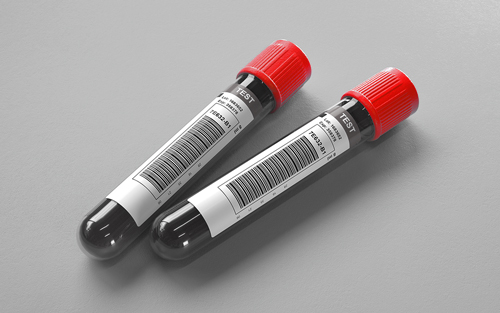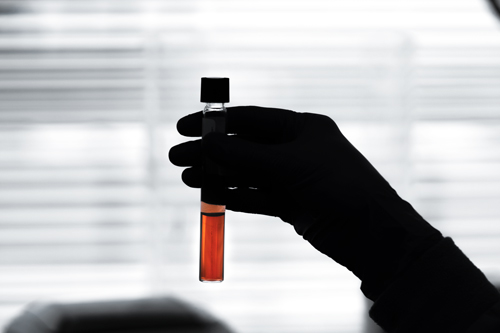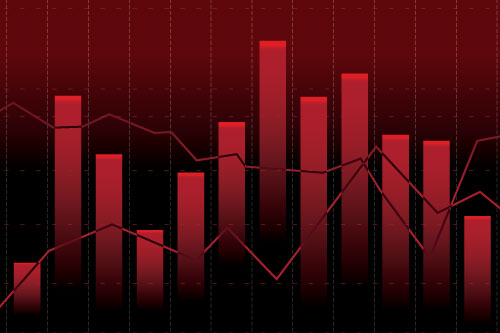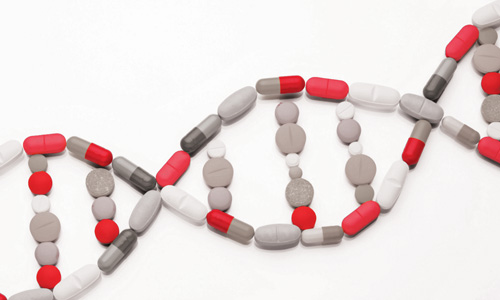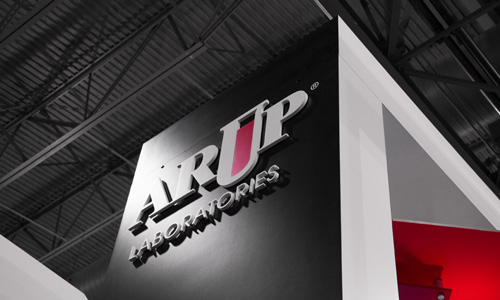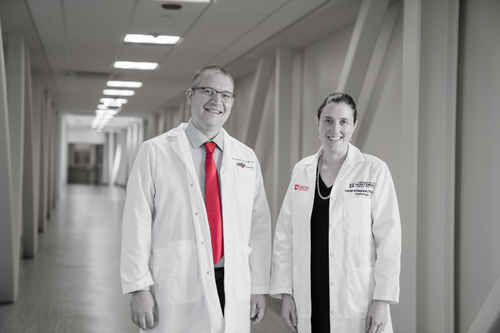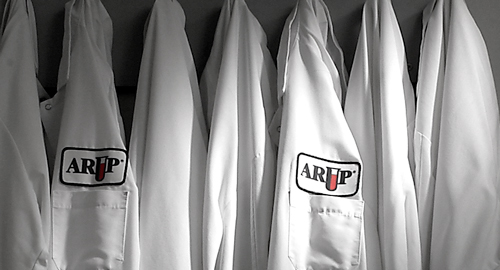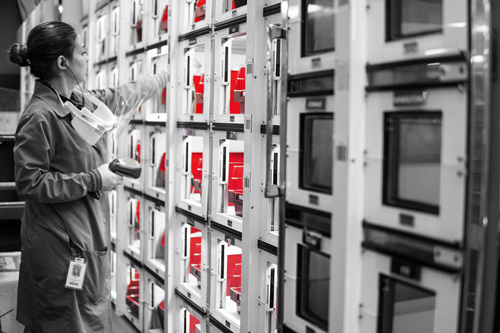Electrolyte and Osmolality Profile, Fecal
Ordering Recommendation
New York DOH Approval Status
Specimen Required
24-hour or random liquid stool.
24-hour Collection: Freeze partially filled containers during the collection period. Continue to add stool to the container until it reaches the fill line or the defined collection duration is completed. Collect using the Kit, Fecal Fat, Stool (ARUP Supply #28077) available online through eSupply using ARUP Connect™ or contact ARUP Client Services at (800) 522-2787. Multiple collection containers may be required.
24-hour Collection: Transport the entire collection in the original collection kit. (Min: 5 g) Do not add saline or water to liquefy specimen. Indicate time and volume.
Random Collection: Transfer 5 g stool to unpreserved stool transport vial (ARUP Supply #40910) available online through eSupply using ARUP Connect™ or contact
ARUP Client Services at (800) 522-2787. (Min: 5 g) Do not add saline or water to liquefy specimen. Indicate time and volume.
Frozen
Formed or viscous stools.
Ambient: Unacceptable; Refrigerated: 1 week; Frozen: 1 month
Methodology
Quantitative Ion-Selective Electrode/Freezing Point
Performed
Sun-Sat
Reported
1-2 days
Reference Interval
| Component | Reference Interval |
|---|---|
| Sodium, Fecal | Not Established |
| Potassium, Fecal | Not Established |
| Magnesium, Fecal | 0-110 mg/dL |
| Calculated Osmolality, Fecal | By report |
| Osmolality, Fecal (measured) | 0-16 years: 271-296 mOsm/kg 17 years and older: 280-303 mOsm/kg |
| Osmolal gap | By report |
Interpretive Data
Normal fecal fluid has an osmolality close to that of plasma (i.e., 290 mOsm/kg), a sodium concentration of about 30 mmol/L, a potassium concentration of about 75 mmol/L, and a magnesium concentration between 12 and 240 mg/dL (depending on diet) although it is usually less than 110 mg/dL. A fecal sodium greater than 90 mmol/L and an osmolal gap less than 50 mOsm/kg suggest secretory diarrhea or osmotic diarrhea due to sodium-containing laxatives. A fecal sodium less than 60 mmol/L and an osmolal gap greater than 100 mOsm/kg suggest osmotic diarrhea. Fecal sodium greater than 150 mmol/L and osmolality greater than 400 mOsm/kg suggest contamination with concentrated urine. Fecal osmolality less than 250 mOsm/kg suggests contamination with hypoosmotic urine or water.
FDA
Note
Hotline History
CPT Codes
84999 x2; 84302; 83735
Components
| Component Test Code* | Component Chart Name | LOINC |
|---|---|---|
| 0020377 | Fecal Total Weight | 30078-0 |
| 0020379 | Sodium, Stool | 15207-4 |
| 0020380 | Potassium, Stool | 15202-5 |
| 0020388 | Magnesium, Fecal - per volume | 29911-5 |
| 0020389 | Magnesium, Fecal - per 24h | 29912-3 |
| 0020392 | Collection Time for Fecal Spec | 13363-7 |
| 0020586 | Calculated Osmolality, Fecal | 2693-0 |
| 0020587 | Osmolal Gap | 73571-2 |
| 0060717 | Collection Time for Fecal Specimen | 13363-7 |
| 0097131 | Fecal Weight | 30078-0 |
| 0098122 | Osmolality Fecal | 2693-0 |
